The will to properly prepare for competition usually makes the difference. For players to achieve consistently positive match results, their preparation must include ritualistic, inflexible routines.
Readiness breeds confidence. When players know that they are fully prepared for an upcoming event, their belief in their chances of winning skyrockets. Nothing has been left to chance–equipment is ready, game plans have been rehearsed, pre-match routines have been followed–and all their focus can go to the task at hand.
Equipment Preparation
1 of 7
A serious competitor's tennis bag should consist of:
• Two or three racquets--freshly strung and regripped if the player is starting a tournament.
• Extra sets of string and grips.
• Can of tennis balls.
• A first aid kit including Band-Aids, athletic tape, elastic bandage, aspirin and plastic bags for ice.
• Extra shoelaces, socks and shirts
• A towel
• Water, sports drinks, fruit and energy bars, gels or nuts to be used as a bridge between meals
• Match notes and cheat sheets and match logs for post-performance analysis
• If in a tournament, past opponent notes to possibly assist with matches in future rounds
Find:
Your Next Tennis EventOpponent Profiling
2 of 7
Observing an upcoming opponent can provide a player with a valuable strategic advantage. Areas to scout include the opponent's primary style of play, preferred serve and return patterns, dominant short-ball option, stroke strengths and weaknesses, movement, agility and stamina. Also watch for frustration tolerance, focus and emotional stability.
Find:
Your Next Tennis EventNutrition and Hydration
3 of 7
Proper eating and hydration are an essential component for optimum performance. Although a sound diet is critical every day for the high-performance athlete, match day nutrition is especially important.
Hydration begins the day before the match, especially if the player will be performing in excessive heat. The player should hydrate before bed the night before the match, after rising on match day and before the match.
Meal planning is dependent on match time. If a player has an early morning match, he or she should begin the day with a light breakfast of lean protein or a good fat, along with a complex carbohydrate. If the match is later in the day, the player should avoid eating a heavy meal within one hour of the scheduled start. It's best to plan the meal for two to three hours before match time.
The goal is to provide carbohydrate for quick energy and a small portion of lean protein and good fat to maintain level blood sugars. Foods high in simple sugars such as sodas, packaged fruit and cereals lead to spike in blood sugars, followed by a crash. Eating a high-fat or high-protein meal can delay digestion, making a player feel sluggish, which may impede performance. That's why a good source of clean carbs is the most essential match-day fuel.
Recommended carbohydrate foods include whole grains, oatmeal, low-sugar cereals, rice, pasta, fruits and vegetables. Experiment with carb loading the night before a match, which may help the body store glucose for quick energy during play. Bananas, sports drinks and glucose supplements are excellent snacks for a player to consume during the match to maintain energy.
A post-match meal of lean protein and carbohydrate is essential for proper muscle repair and recovery.
Find:
Your Next Tennis EventMatch-Day Stretching
4 of 7
For all-around better performance, as well as a decrease in potential injury, players should incorporate a three-part stretching routine.
Part 1: An active warm-up to elevate core body temperature. A light jog with slow windmill arm rotations, jogging in place or light jump roping will loosen the body.
Part 2: From Part 1, progress into a series of dynamic stretches, including shoulder circles, trunk rotations, squats and lunges.
Part 3: Post-match static stretching takes place during the cool down phase. While the body is at rest, the player elongates muscles and holds the position for 30 seconds to two minutes. Stretch the shoulders, chest, triceps, glutes, hamstrings, quads and hips.
Players who routinely warm up both their primary and secondary strokes have a major advantage in tightly contested matches. Grooving forehands and backhands before a match is important, but a first-set tiebreak can often come down to a player executing a winning swing volley or topspin lob.
Find:
Your Next Tennis EventPre-Match Visualization and Imagery
5 of 7
What we think often dictates what we create. This is commonly referred to as the universal law of attraction. Players need to build up their "wall of defenses" in preparation for the continuous onslaught of challenges that competitive tennis delivers. Responding correctly to those challenges does not happen automatically; it's a learned behavior that results from constant, positive imagery and visualization training.
For pre-match visualization, a player should put aside 20 minutes before the match to mentally rehearse the performance goals for the upcoming competition. The player starts by seeking out a quiet area away from other competitors and distractions. With closed eyes, the player takes several deep breaths and then creates a mental image of numerous tasks being performed successfully. The player should mentally rerun the "movie" several times to reinforce the thoughts.
Pre-match visualization topics are unlimited, but some favorites include:
• Perfectly executed primary and secondary strokes
• Groups of perfectly executed proactive patterns
• Successful patterns of play against the four main styles of opponents
Performing nightly visualization also maximizes efficiency come match day. Visualization works best when players are very peaceful, such as when they're falling asleep, waking up or relaxing in their room.
Find:
Your Next Tennis EventShort, Calming Pre-match Run
6 of 7
As match time draws near, players often experience a wave of apprehension and nervousness. This fear triggers an overflow of adrenaline; it's time for fight or flight. When players feel this sensation, they can burn off their performance anxiety by going for a short run. Players should do this the night before the match, in the morning before they hit a ball in warm-up and again just before the match begins.
These runs should be customized based on the player's fitness level and emotional stability as well as the amount of time available. Raising the body's core temperature warms up the muscle groups and relaxes the tension as it burns off the excess adrenaline, calming the mind and helping the player begin the match in a peak-performance state.
However, all this preparation won't mean anything if there are no tournaments or events to get ready for. Seek out competitions that suit your skills and objectives.

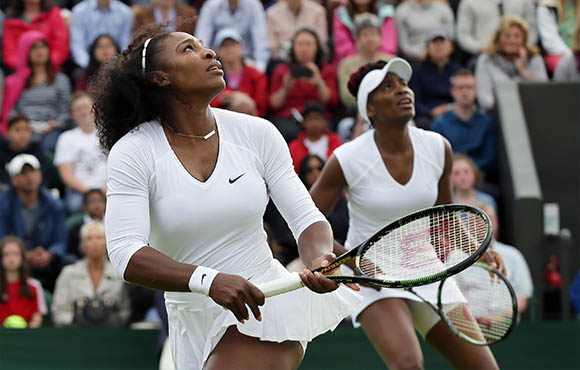
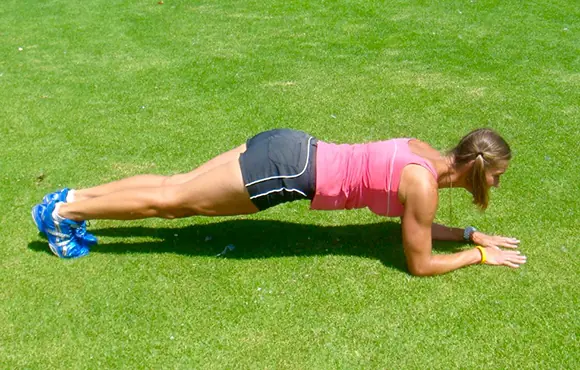
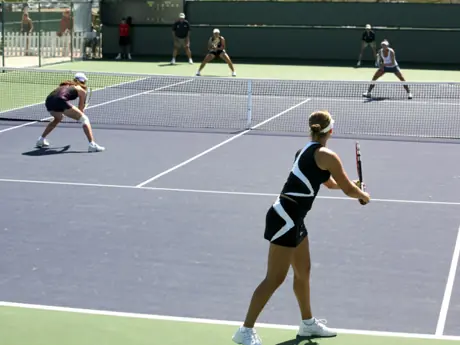
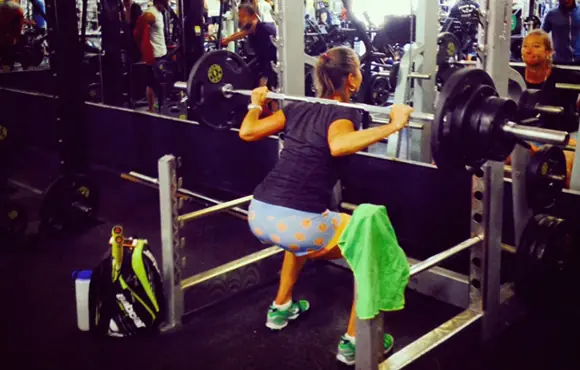
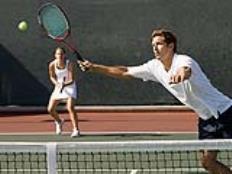

Discuss This Article